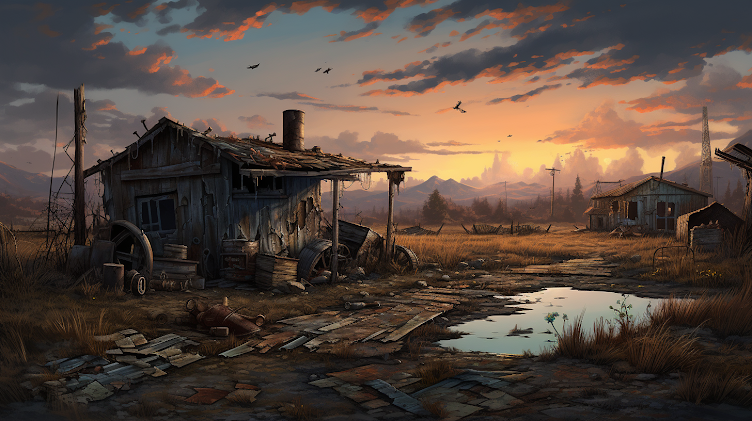...and we're back again!
I want to take a minute to talk about Savage Worlds Deluxe Edition, which just came out at GenCon. It's a full-sized, hardcover update to the Explorer's Edition rules, and it's entirely worth the time of anyone who like SW. While I'm glad that the EE-sized digest book is coming back (and I'll probably pick up a couple of them for my table when they go back to that size), I'm equally glad that I went ahead and picked up the new "core" in this really posh version. Not just because it's pretty as all get out, but because the new stuff in it are things that are entirely useful to me right now, as a designer and as a GM.
The one that stands out to me the most at the moment is the idea of "setting rules." Most every Savage Worlds GM has had to do this at one time or another, and pretty much every iteration of the game has encouraged it. The innovation with SWDE is that it puts it on paper, which helps certain kinds of GMs think "outside the box" when it comes to setting design, as well as offers a number of very useful variants for different kinds of games. The Guts skill is now a setting rule, for example; the default rules have fear effects target Spirit, while settings that are more focused on horror and terror can use the Guts skill to represent adventurers "hardening their hearts" against fear.
When I ran the TORG setting using the Savage Worlds rules a few years back, I noticed how easily modified the core rules set was to allow extra things to be stuck on the framework, that wouldn't interfere with the core rules at all. Each Realm had its own "world laws" that defined how heroes and villains interacted there. The inclusion of "setting rules" as a default, defined part of the system makes running things like TORG even easier.
That got me to thinking about running cross-world type games, the sort that I've always enjoyed, like Rifts, TORG, and Suzerain. The idea of setting rules allows a GM to make a quick note about each world or dimension or realm or whatever, and use that to create a sense of verisimilitude--not "realism," but a feeling of reality. It's a clever rules shorthand to allow a GM to say "things are different here" without altering the basic way that characters interact with the rules.
For my Mario-inspired setting, "Heroes of the Mandragora Kingdom," one of the major setting rules involves the ability of characters to jump enormous distances. At the time, I was just making a joke about Mario's ability to jump five or six times his own height, but it occurred to me that it's also a good setting rule for any wuxia-inspired campaign, or for one that relies heavily on anime tropes.
Great Leaping [Setting Rule]
Maybe gravity is less in this setting, or maybe heroes are just really good at ignoring it. Whatever the reason, a Wild Card can jump 1” horizontally from a dead stop, or up to 2” with a running. A successful Strength roll grants an additional 1” of distance per success and raise.
When sitting down to run a campaign, I think a GM should always ask himself what rules modifications he can make to turn the rules into something that support the playstyle of the setting. Savage Worlds makes this particularly easy, and the setting rules concept codifies it in such a way that it becomes apparent.
